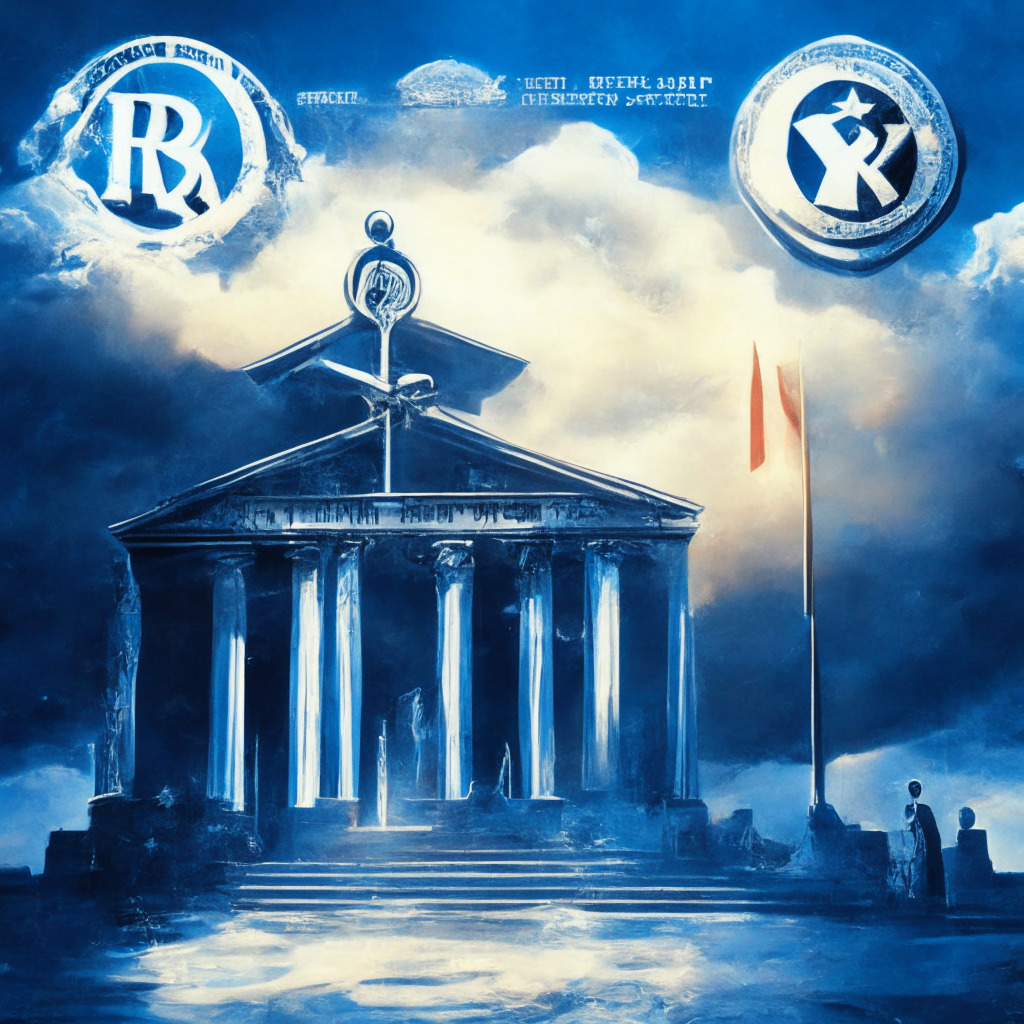With former finance minister and seasoned economist, Tharman Shanmugaratnam, now reigning as Singapore’s 9th president, the local crypto space expects dynamic shifts. His presidency comes bearing an aura of ambiguity. His once proclaimed evaluation of crypto as “inherently purely speculative and slightly crazy” still echoes, yet his tenure in the Monetary Authority of Singapore (MAS), Singapore’s central bank and financial regulatory authority, gives proponents of cryptocurrencies a glimmer of optimism.
Serving as Chairman of MAS for over a decade, Shanmugaratnam was integral in adopting a hands-off approach towards cryptocurrencies. He maintained they didn’t directly threaten Singapore’s financial system, thus evading the need for immediate prohibition. The question now looms, will his prior policy commitments stand firm amid the gravity of crypto’s volatile nature and the mounting pressure for increased regulation?
Shanmugaratnam’s stance seemed to pivot in 2023 when he recommended “ultra clarity” on associated risks, whilst resisting the temptation for direct regulation. This implied an acknowledgement of the potentially volatile nature of cryptocurrencies. However, is such ‘ultra clarity’ sufficient to protect investors from the very speculation he himself identifies with these digital assets?
Singaporean banks have been directed to maintain $125 in capital against every $100 exposure to cryptocurrencies like Bitcoin and Ethereum. Yet, despite stringent requirements, crypto investments hold a minuscule position in total risk-weighted assets. The country instead remains focused on acknowledging the potential future role of regulated stablecoins in conventional payment systems.
Shanmugaratnam’s philosophy evinced a perpetual evolution in response to the dynamic crypto environment. Notably, he admitted that the MAS was actively reconsidering its approach to regulating stablecoins, prompted by the terraUSD (UST) collapse. In August, MAS unveiled a new regulatory framework for stablecoins, reflecting the nation’s evolving stance and its commitment to maintain a balanced regulatory approach.
With Shanmugaratnam’s presidency primarily ceremonial, how much influence he wields on the nation’s policies is debatable. Nevertheless, his history of skepticism towards cryptocurrencies, couched in an understanding of its possible potential, would likely influence the shape and direction of Singapore’s finance-related regulations. Certainly, there’s a keenly interested audience in both the financial and crypto sector, tracking the tectonic shifts his presidency and this dichotomy could potentially cause.
Source: Cryptonews




